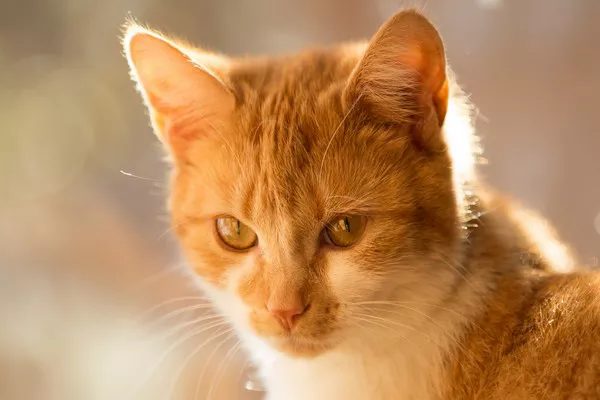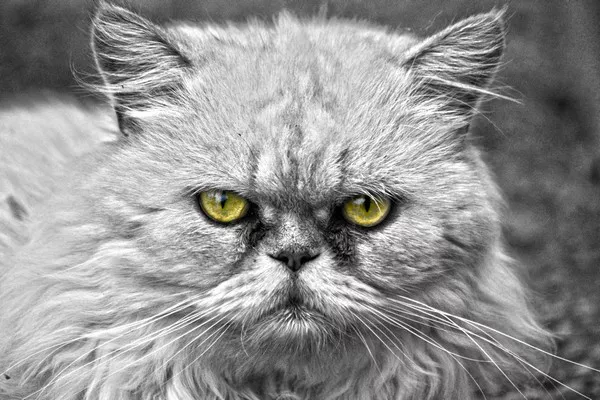As cat owners, we understand that our feline friends are not just pets; they are beloved members of our families. Their health and happiness depend on many factors, including proper nutrition. However, the placement of cat food in the home is often overlooked. Where you decide to feed your cat can significantly impact their eating habits, behavior, and overall well-being. This essay explores the best places to put cat food in your house, considering factors such as safety, convenience, cleanliness, and your cat’s natural instincts.
Understanding Your Cat’s Behavior
Before delving into the specifics of food placement, it is essential to understand the natural behaviors and instincts of cats. Cats are creatures of habit and have specific needs when it comes to feeding:
Territorial Nature: Cats are territorial animals. They prefer to eat in a space where they feel safe and secure. This means that the feeding area should be away from high-traffic zones or places where they might feel threatened.
Hunting Instincts: While domestic cats are not hunting for their meals, they still retain instincts from their wild ancestors. They prefer to eat in a location where they can observe their surroundings, which provides a sense of security.
Cleanliness: Cats are known for their grooming habits, and they prefer clean environments. Food placement should consider ease of cleaning and hygiene.
Routine and Consistency: Cats thrive on routine. They prefer to eat at the same time and place every day. This consistency helps them feel secure and reduces stress.
Factors to Consider for Optimal Food Placement
Safety and Security
The primary consideration for food placement is the safety and security of your cat. Here are some tips to ensure that your cat feels safe while eating:
Avoid High-Traffic Areas: Do not place food bowls in busy hallways or near doors where people frequently pass. This can create anxiety for your cat and may lead to them avoiding their food.
Elevated Locations: Some cats feel more secure when they can observe their surroundings from a height. Consider placing food bowls on a low table or shelf if your cat is comfortable with that.
Quiet Corners: Choose a quiet corner of the house, away from loud noises or sudden movements. This could be a nook in the living room or a less frequented area of the kitchen.
Accessibility
Accessibility is crucial for both you and your cat. The feeding area should be easy for your cat to reach, especially if they are older or have mobility issues.
Level Ground: Ensure that the food bowls are on a level surface. Avoid placing them on stairs or uneven ground, as this can be hazardous.
Avoid Obstacles: Ensure that the path to the food bowl is clear of obstacles. Cats appreciate a straightforward route to their meals.
Multiple Feeding Stations: If you have multiple cats, consider setting up several feeding stations. This prevents competition and allows each cat to eat in peace.
Cleanliness
Keeping the feeding area clean is essential for your cat’s health. Here are some strategies to maintain cleanliness:
Easy-to-Clean Surfaces: Place food bowls on surfaces that are easy to clean, such as tile or laminate flooring. Avoid carpeted areas, as spills can be difficult to clean.
Use Mats: Consider using a feeding mat to catch spills and crumbs. This makes cleanup easier and keeps the area tidy.
Regular Cleaning: Make it a habit to clean the feeding area regularly. Wash the bowls daily and wipe down the surfaces to prevent bacteria buildup.
Natural Lighting and Ventilation
Cats prefer well-lit areas where they can see their food and surroundings. However, direct sunlight can cause food to spoil more quickly. Here are some tips for balancing light and temperature:
Indirect Light: Choose a location that receives indirect sunlight. This provides enough light for your cat to see while preventing food from overheating.
Ventilated Areas: Ensure that the feeding area is well-ventilated. This helps keep the food fresh and reduces odors.
Proximity to Water
Cats need access to fresh water at all times, and the placement of food should consider the location of their water bowl.
Close Together: Place food and water bowls close together, but not directly next to each other. This allows your cat to eat and drink without having to move too far.
Separate Areas: Some cats prefer their food and water bowls to be in separate areas. Observe your cat’s behavior to determine their preference.
Ideal Locations for Cat Food
Now that we’ve discussed the factors to consider, let’s explore some of the best locations for placing cat food in your home.
The Kitchen
The kitchen is often the most convenient place to feed your cat. Here are some advantages of this location:
Familiar Environment: Cats often feel comfortable in the kitchen, where they can be near their owners during meal preparation.
Easy Access: It’s easy for owners to refill food and water bowls in the kitchen.
Proximity to Supplies: All feeding supplies, such as food and treats, are usually stored in the kitchen, making it a practical choice.
However, ensure that the area is quiet and free from distractions like loud appliances or foot traffic.
The Living Room
The living room can be an excellent option for cat food placement, especially if it is a quieter space in your home.
Social Interaction: Cats enjoy being around their owners. Feeding them in the living room allows for social interaction during meal times.
Observation Point: Many cats like to observe their environment while they eat. A corner of the living room may provide a good vantage point for this.
Make sure to choose a low-traffic corner to minimize stress during feeding time.
A Dedicated Feeding Room
If you have the space, consider creating a dedicated feeding room for your cat. This could be a laundry room, mudroom, or any area that is quiet and away from the hustle and bustle of daily life.
Controlled Environment: A dedicated feeding room allows you to control the environment, ensuring it is clean and safe.
Reduced Competition: If you have multiple pets, a separate feeding room can reduce competition and stress during meal times.
Cat Shelves or Perches
For adventurous cats, consider placing food bowls on cat shelves or perches. This caters to their natural instincts and provides a secure feeding location.
Height Advantage: Cats often feel safer when they can eat from an elevated position. This setup allows them to observe their surroundings while enjoying their meal.
Reduced Competition: If you have multiple cats, elevated feeding areas can help reduce competition, as not all cats may be comfortable climbing.
Outdoor Feeding Stations
If you have outdoor space and your cat enjoys being outside, consider setting up a feeding station outdoors. This is especially beneficial for outdoor or feral cats.
Natural Environment: Outdoor feeding allows cats to enjoy their natural environment, which can be stimulating and enjoyable.
Avoid Pests: Ensure that the feeding area is protected from pests and other animals that may be attracted to the food.
However, be mindful of the weather and ensure that food does not spoil or attract unwanted wildlife.
Conclusion
The placement of cat food in your home is a critical aspect of ensuring your cat’s health and happiness. By considering your cat’s natural instincts, safety, accessibility, cleanliness, and the environment, you can create an optimal feeding area. Whether you choose the kitchen, living room, or a dedicated feeding space, the key is to provide a secure, clean, and comfortable environment for your feline friend.
Ultimately, every cat is unique, and observing your cat’s behavior will guide you in finding the best spot for their food. By making thoughtful decisions about food placement, you contribute to your cat’s overall well-being, allowing them to thrive in your home. Remember, a happy cat makes for a happy home!
Related topic:



























